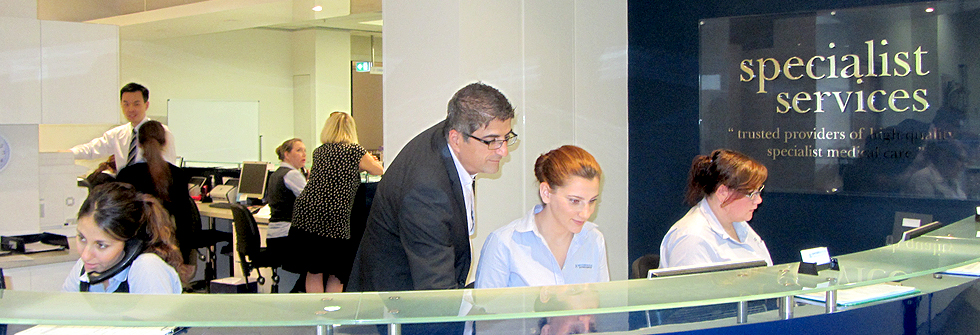The thought of a slender tube passing through one’s mouth and down into the upper digestive tract can indeed be frightening, yet a gastroscopy test, as it is called, is surprisingly painless and simple. Such an examination allows Dr El-Khoury to view the lining of the patient’s stomach, duodenum, and esophagus (gullet) to determine if any abnormalities or damages are present.
A gatroscopy test can help identify the cause of physical discomforts such as abdominal pain, vomiting, and bleeding (if the problem derives at the upper digestive tract), as well as analyzing a specific diagnosis such as ulcers. Additionally, the treating of medical conditions including polyps (an abnormal growth of tissue) are facilitated with a gatroscopy session.
The procedure consists of slipping a long, thin, and flexible tube with an attached camera and light down the patient’s throat.
In the case that a gastroscopy examination is required, the patient is sedated and will then be placed on their side with the assistance of a nurse. Dr El-Khoury will slip the end of the gastroscopic instrument into the patient’s mouth down to the upper digestive tract without interfering with one’s breathing. In order to perform the session successfully, air may be pumped to inflate the area for better view by the camera.
Dr El-Khoury will discuss the operation detailing the indications, the risks and the benefits of the surgery and will also supplement his discussions with the Royal Australasian College of Surgeons information on the surgery.



